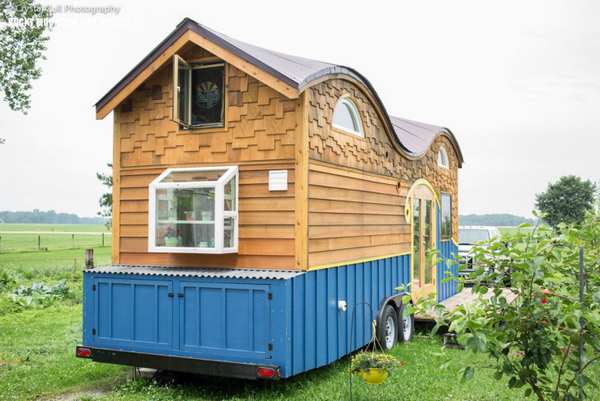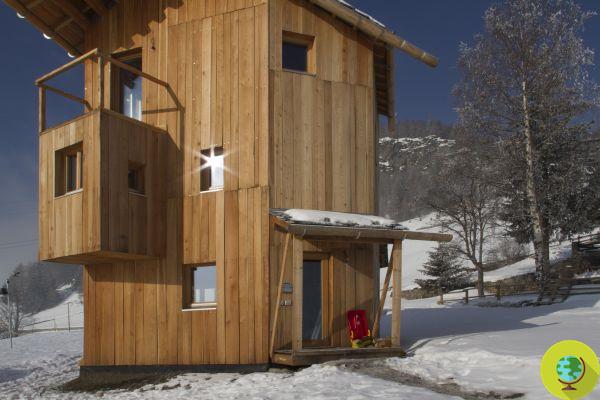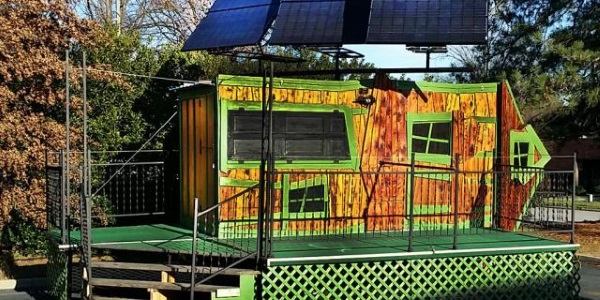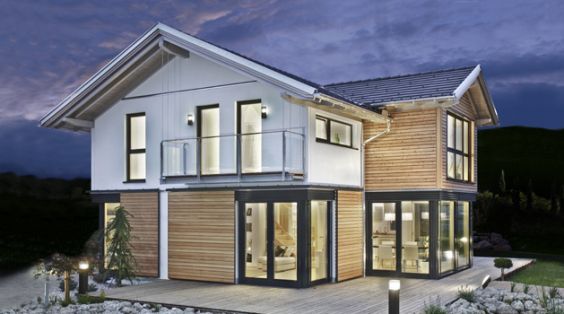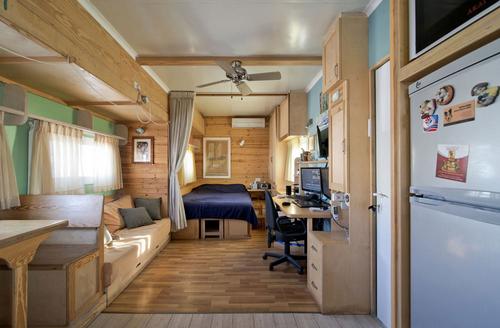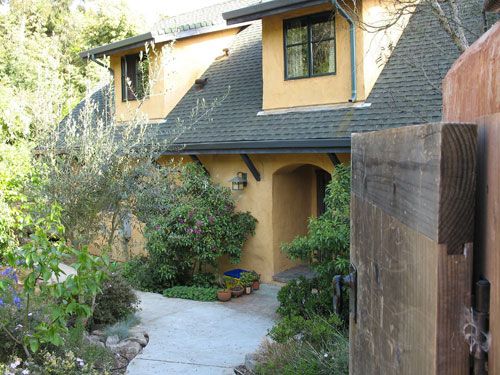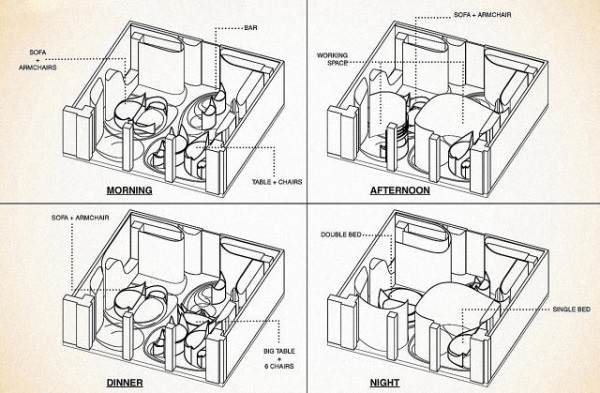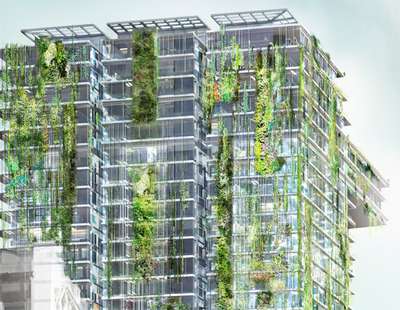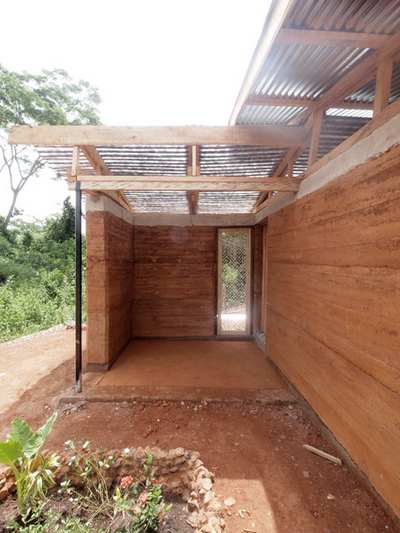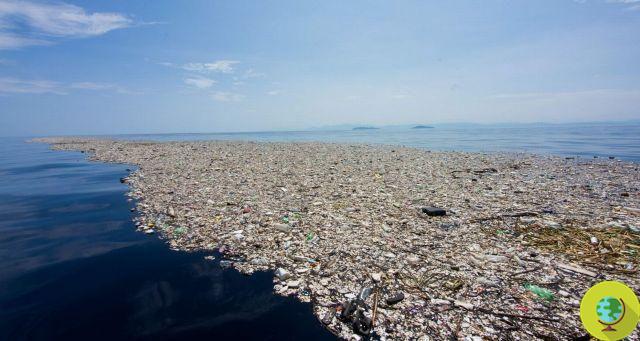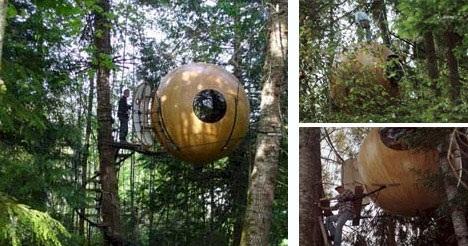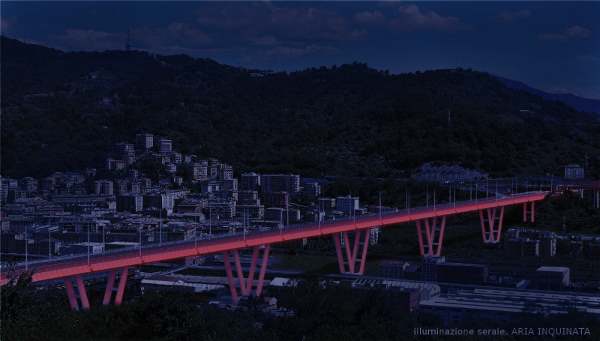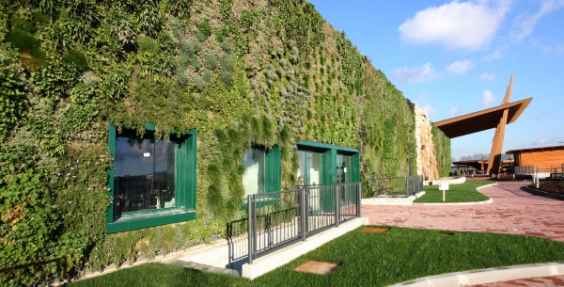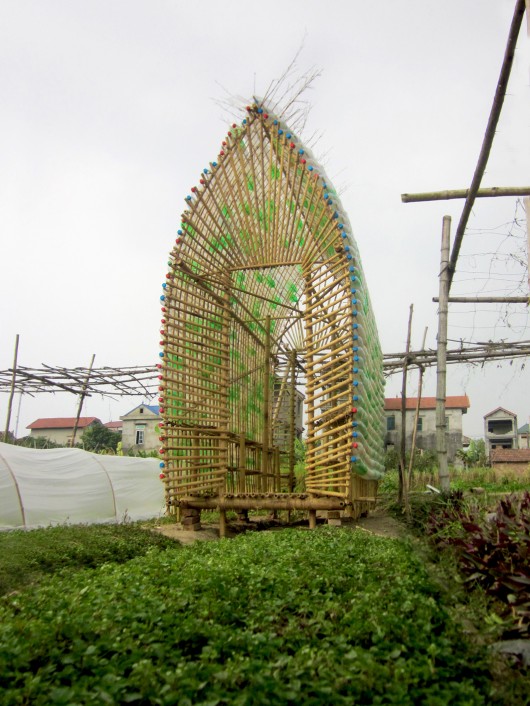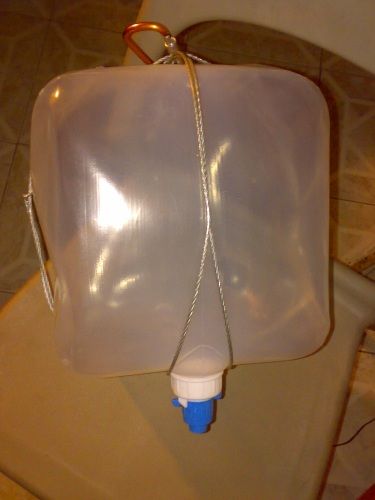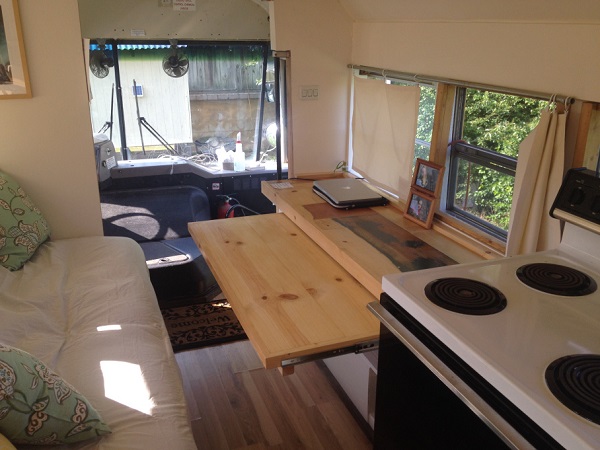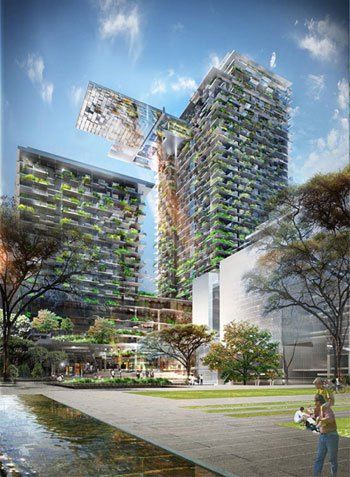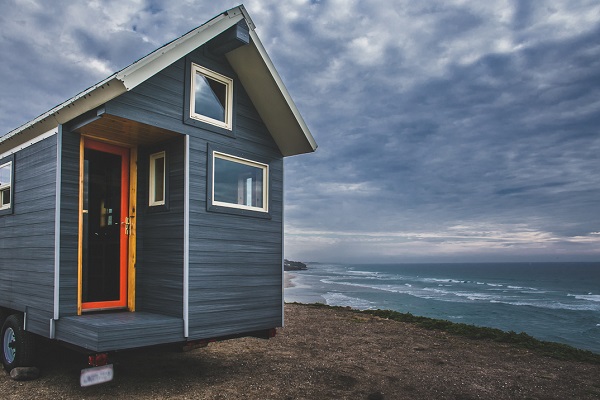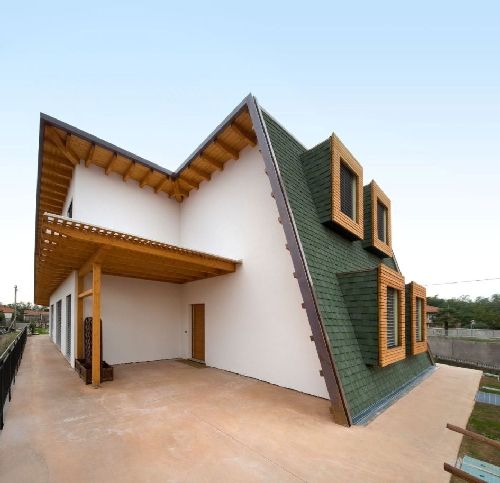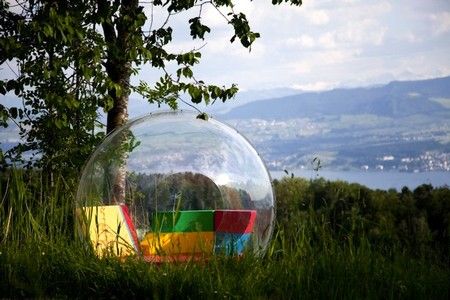Lilypad is the story of a dream. Born in the creative mind of a young Belgian architect, Vincent Callebaut, the futuristic project of Lilypad is inspired by the perfection of nature. The model is in fact the leaf of an aquatic flower: the water lily that scientifically bears the name of Amazonia Victoria Regia in honor of Queen Victoria, to whom the discovery of this species by the German botanist Thaddeaus Haenke was dedicated in the XNUMXth century.
He is about to end up run over, his mother saves him
Lilypad is the story of a dream. Born in the creative mind of a young Belgian architect, Vincent Callebaut, the futuristic project of Lilypad is inspired by the perfection of nature. The model is in fact the leaf of an aquatic flower: the water lily that scientifically bears the name of Amazonia Victoria Regia in honor of Queen Victoria, to whom the discovery of this species by the German botanist was dedicated in the XNUMXth century Thaddeaus Haenke.
The ambition is at least as big as the name: Callebaut's dream is in fact to create - based on the principles of biomimetics- the first amphibious city of history, halfway between land and water e in total harmony with nature.
We know well - also because we hear it repeated over and over - that because of man the earth is overheating, and that the sea level threatens to rise dangerously: the melting of the perennial ice located on the mainland, in Greenland and in the Antarctic, promises to erode progressively wider and wider sections of the coste. A rise of one meter would wipe out a large part of the coasts in the Netherlands, Egypt and Bangladesh. Two more meters of water would sweep away New York, Bombay, Calcutta, Miami, Djakarta, Shanghai, Alexandria ... all devastating not only peoples and countries, but also great ecosystems. In terms of displaced people, eco-refugees, the forecast is almost 230 million people forced to migrate, not to mention the slice of the population that is just now settling in these urban areas, regardless of the fact that in a relatively short time they could be swallowed up by the sea.
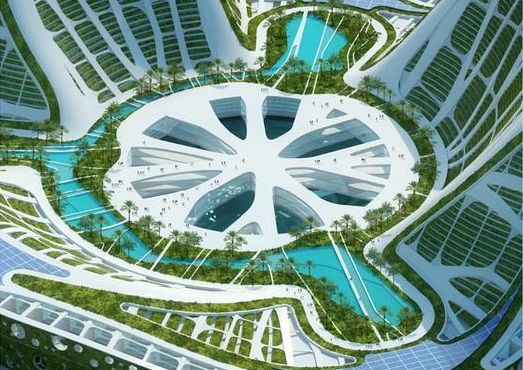
Lilypad was born first of all in anticipation of this emergency, but not only: being designed to be entirely self-sufficient, in the event that this amphibious city were built it would allow us to respond to the four challenges launched byOECD, and concerning that is climate, biodiversity, water and health.
As well as the water lily leaf it is inspired by, Lilypad has one plastic form, soft, is made for slip on the water, to follow the currents and the seasons, to take advantage of the sun, rain and winds. Compared to its plant matrix, however, it is 250 times larger: it should be able to accommodate up to 50.000 people. Lilypad's “skin” is made of polyester fibers and is covered with titanium dioxide: reacting to ultraviolet rays the latter absorbs air pollution.
Thanks to the complex integration of all forms of alternative energy, natural purification processes (phytodepuration) and the treatment of organic biomass, the amphibious city would boast zero emissions and it would even end up producing more energy than it would consume.
A real ecopoli in short, recyclable and floating, capable of autonomously stimulating regeneration processes(resilience) and to become self-sufficient also from the point of view feed.
Balanced also in the "geographical" distribution, the ideal city would be delimited by three marine areas and three mountainous areas, which would surround a deep central aquatic heart, a real ballast of water around which to develop city life. The six areas would be used for work and recreational activities, while the central lagoon, which would sink well below sea level, would host thriving aquaculture.
Lilypad would embody an ambitious and complex dream. But Will we really see it floating off our shores someday?
Nobody can tell.
Although the project has been conceived in detail and presents countless innovative ideas, the biggest obstacle remains: a immense cost, which certainly the "refugees" of the future will not be able to afford.
But the hope is that projects like this will do vibrate the right strings, make us aware, make us more aware and share in the destinies of humanity on this earth.
And who knows that slowly our cities do not begin to transform in this direction, driven by the desire to pursue bold ideas like this one.
To find out more: http://www.vincent.callebaut.org/planche-lilypad_pl04.html




